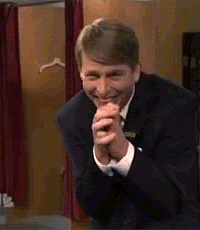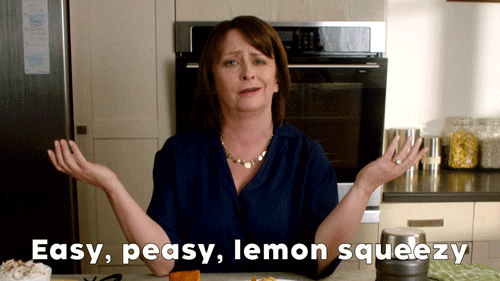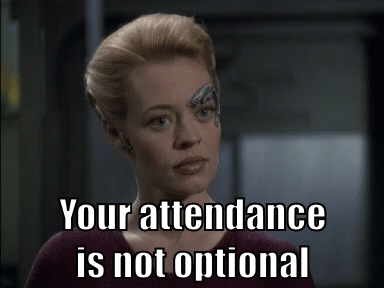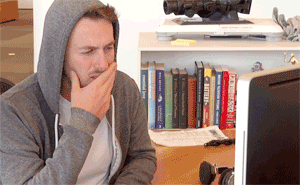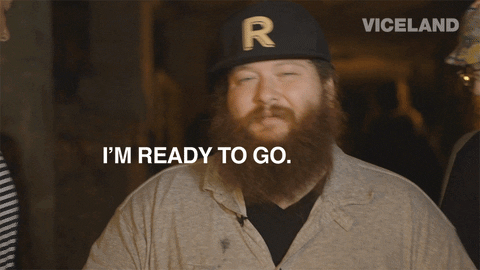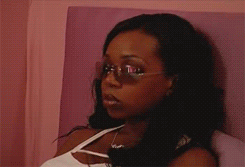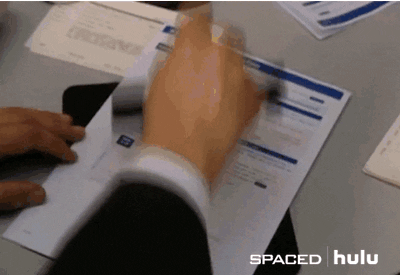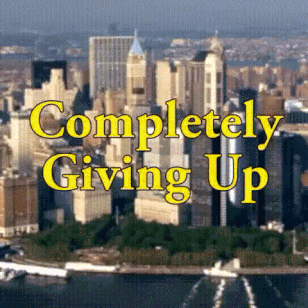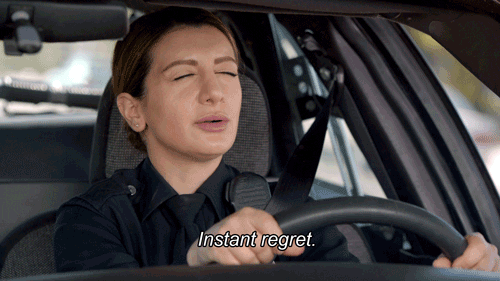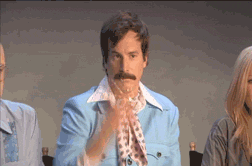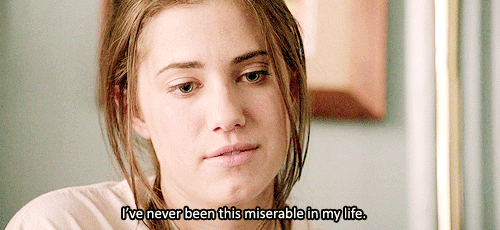"Anomie," a French word meaning "personal unrest, alienation, and uncertainty that comes from a lack of purpose or ideals", defines the mood in France during the impressionist period. The impressionist period was a time in France marked by a mass sentiment of social turmoil and isolation, even in large crowds of humans that populated the cities. At this time, people would do anything and everything, just for show. They wanted to be seen. A time when flaneurs (idlers) walked turtles as pets to slow their speed so they could be sure they had adequate time in the streets to be seen or went to the opera, not to see the opera, but to walk up and down grand staircases in fancy dress wear. Flaneurs were the couriers of anomie simply because they idled. What was the point of doing something cultured if no one saw you do it?
Social behavior during this time informed the subject matter of the impressionists and post-impressionists. They became fascinated with representing the observer, the loiterer, and the show. They focused on how people presented themselves, how they put on a show. Henri Toulouse-Lautrec, a post-impressionist painter, has many sketches and paintings in which women and men are garishly lit, just looking. As the observer of an observer observing, we too become fascinated with this meta-observational realm. Like magicians, whose tricks are performed through misdirection, impressionists force us to look away from the main attraction during a show and focus on the sidelines, the audience. Even in paintings of the performers and the show, like in the work or Degas, the performers are labeled as performers. We, the audience, are taken out of our blind trust in believing that the actors are who they say they are and that time is as the play says it is. We see performers backstage or on advertisements, even onstage, but we can still see the orchestra pit and the audience.
Today, I believe we are in a similar age, although instead of "anomie," we live in the age of "aesthetic." We are fascinated by the observer and how their experiences accumulate into an "aesthetic." We can't do anything without posting it to Instagram, Snapchat, Facebook or whatever social media replaced Safari on your iPhone dock. We experience the isolation that anomie refers to through social media platforms. We believe we are socializing and connecting with fellow humans, though in reality, we are alone behind the screens. When taking photos with friends with the intention of placing them on social media, we stop to think about ourselves, our image, and how that photo will make us look. Friends take the time to color coordinate their lives so that it fits perfectly into a theme on Instagram. They go hungry while they take 200 photos of a donut they're going to take two bites of. They "do it for the vine" (rip vine) but not for the real experience of it. People collect into albums what these experiences look like through images, perhaps oblivious to what they feel like.
It would seem that these times would turn out to be fruitless, yet in reality, both of these periods of opulent isolation have produced cultural innovation in the development of art forms. More recently, through social media, people have found new ways to market themselves to reach each other through photography and editing. The most important thing to realize is that there is still more to discover. Art didn't finish developing with the impressionists; it experienced the post-impressionists, the fauvists, the cubists, and whatever DaDa was before we came to a place where art has negligible limits for what the market will consume. The social media age does not settle in isolation. It's just the beginning, and who knows where it will take us next?
















